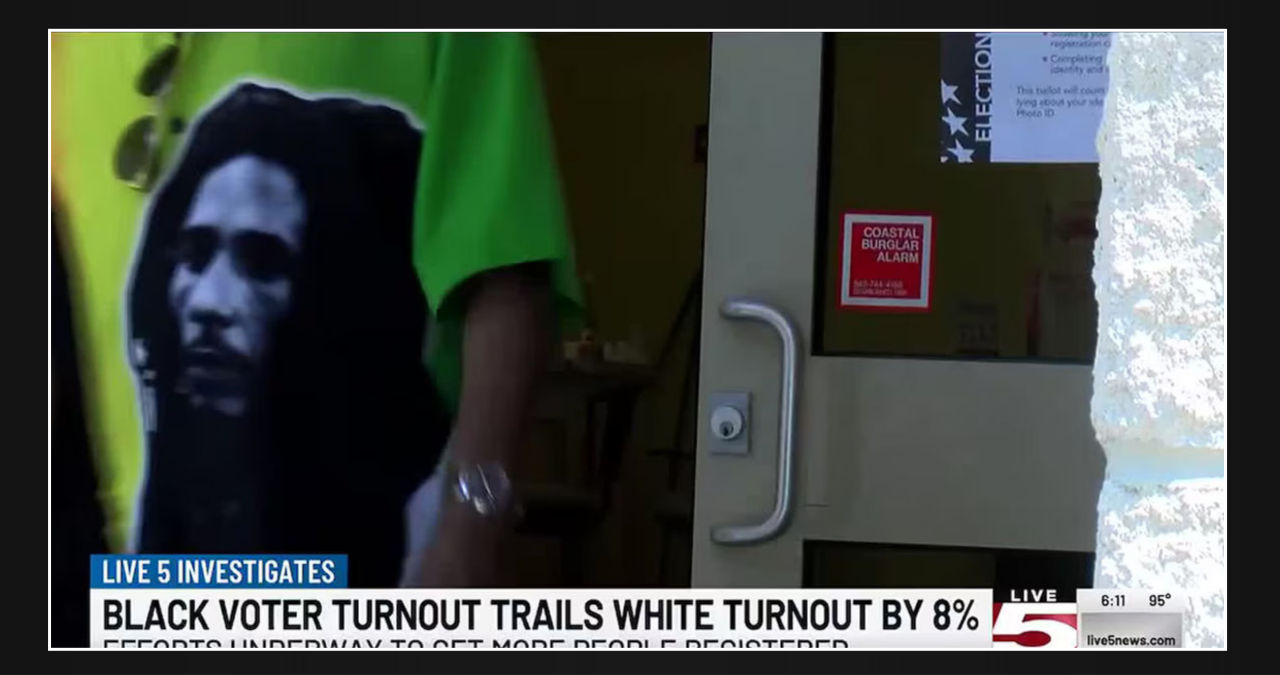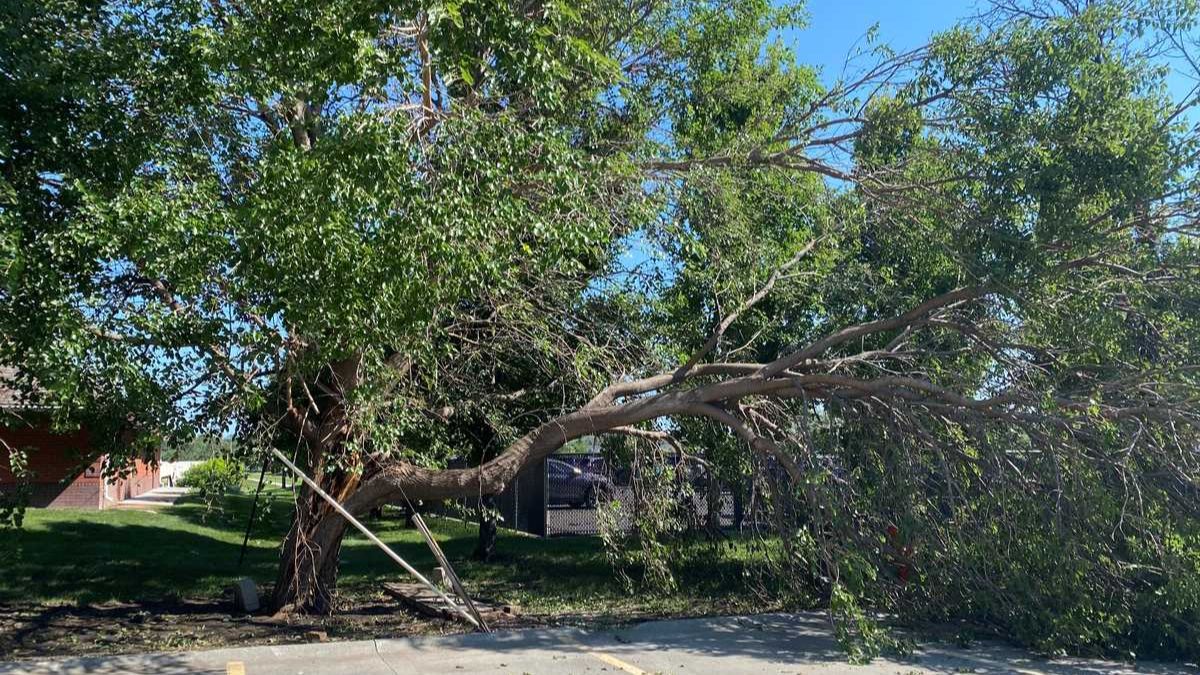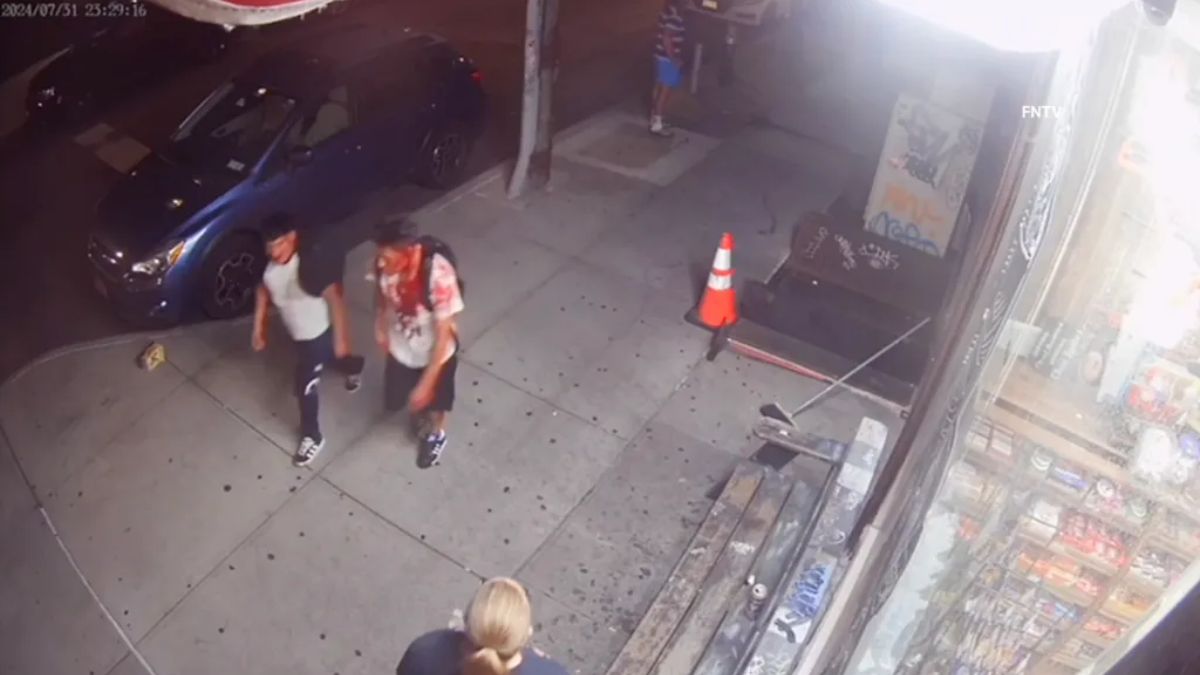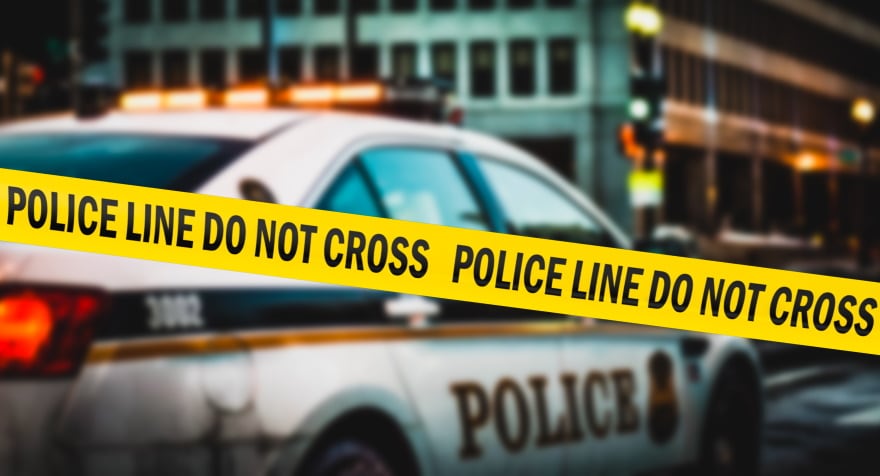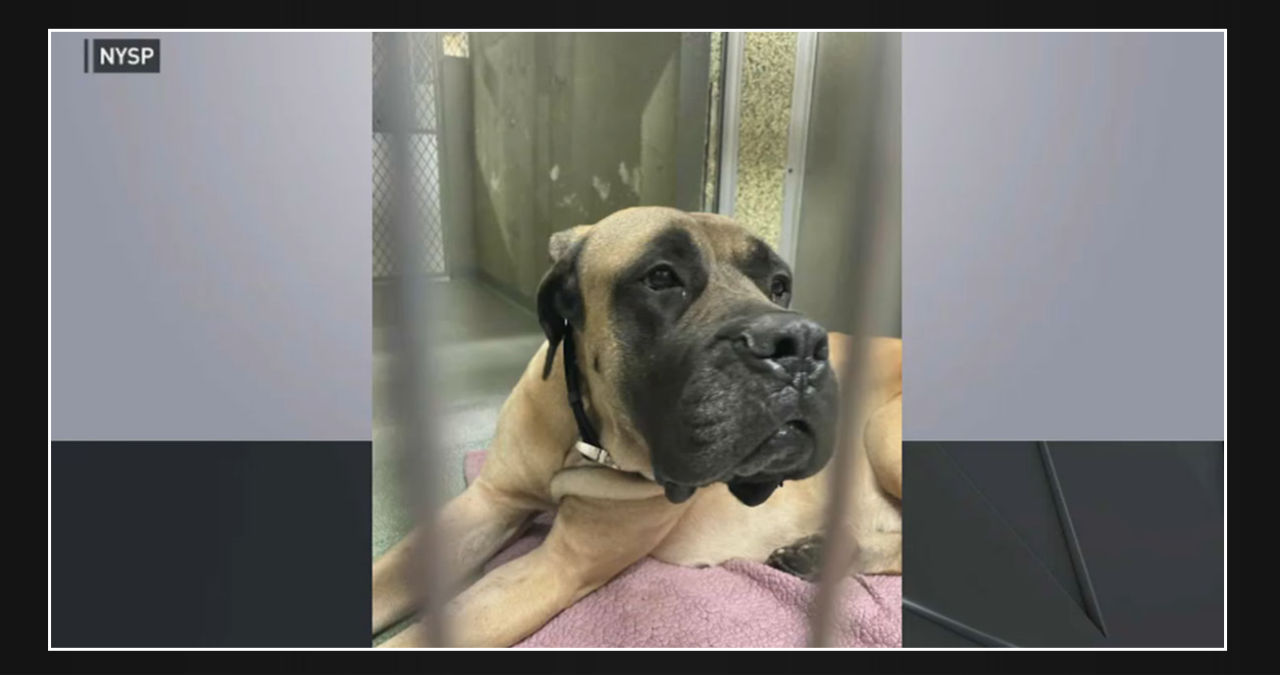Millions of voters are set to head to the polls in November, but it’s worth noting that different demographics tend to have varying turnout rates.
Live 5 Investigates analyzed decades of data released by the South Carolina Elections Commission and revealed a significant discrepancy in the voter turnout rates of registered Black voters compared to registered white voters.
Registered Black voters had a voter turnout that was eight percent less compared to registered white voters during the 2020 presidential election.
According to Assistant Professor Robert Greene, who holds a doctorate in history and teaches at Claflin University, there are historical factors that contribute to the traditionally lower voter turnout among Black Americans.
Greene expressed concern that Black Americans feel the government, at all levels, may not be supportive of their interests despite their active participation in the voting process. “There is a sense among Black Americans that the politicians they vote for are not working in their best interest,” Greene said.
In certain regions of the state, the margin between Black and white voter turnout is narrower than others. Dorchester, Berkeley, and Kershaw counties recorded a turnout gap of only three to four percent in the 2020 elections. However, in Williamsburg, 78 percent of white voters participated in contrast to only 65 percent of Black voters. The gap was even more significant in Saluda County and Newberry County, with a turnout gap of over 14 percent.
According to Greene, many Black voters may be discouraged from voting due to the notion that their vote may not make a significant impact. This feeling can arise when they see both Democratic and Republican candidates on the ballot, with their particular district having less weight in congressional races compared to other states. For instance, in South Carolina, unless one resides in James Clyburn’s district, their vote may not hold as much sway as it would in a battleground state.
As you move closer to your community, the power of your vote becomes stronger. Although your influence in national politics may be limited, your voice and vote hold significant weight in local elections.
In the June primary elections, the race for South Carolina Senate District 41 saw a close competition between Republican candidates Sen. Sandy Senn and Rep. Matt Leber. The results were decided by a mere 33-vote difference.
During the 2020 elections, Senn emerged as the winner over Democrat Sam Skardon, with a narrow margin of just 1 percent. Skardon opines that had there been a higher voter turnout of 8-10 percent, the outcome of the race could have been different.
Skardon emphasized the importance of not taking these communities for granted and stressed the need to actively engage with them. “We have to make sure we are going back into these communities,” Skardon stated.
Currently, the Charleston County Democratic Party is under the leadership of Skardon, who holds the position of chairman.
In the last presidential election, white voters had higher participation rates than Black voters in every county. This issue is widespread and pervasive, highlighting the need for increased efforts to ensure that all individuals have equal access to exercising their right to vote.
Back in 2008, during Barack Obama’s first presidential campaign, Black voters actually turned out to vote in higher numbers than white voters in half of the counties. However, this was not always the norm and is a recent development.
According to Greene, it’s not just about having a Black candidate to vote for, but also about having representation within their team and outreach efforts to Black voters and other voting groups. She emphasizes that having someone who understands Black interests and concerns is crucial in encouraging voter turnout. While the representation in terms of the candidate running for office is important, it’s not the only factor to consider.
The Delta Sigma Theta Sorority, INC. chapter in Walterboro is actively working to bridge the voter gap. Leading the way is Alanna Hollingsworth, who serves as the chairwoman of the Social Action Committee.
Hollingsworth mentioned that their focus is on targeting high school students. Their strategy is to connect with those who have recently turned 18 and get them involved in the loop.
Hollingsworth and her team take proactive steps to register young people to vote before elections. They post registration information in school hallways and community events to ensure that young individuals have the opportunity to participate in the democratic process.
According to Hollingsworth, registration drives are only a portion of their activism. Education plays a much larger role. Their team conducts classes to educate voters on essential information, such as polling locations, voting rights, and methods for overcoming systemic barriers, such as transportation difficulties.
Hollingsworth emphasized the importance of providing transportation to those who don’t have a ride to the polls. “If you have a church van or anything that you can use, we want to encourage people to get them to the polls,” she said. Even if you don’t belong to an organization, you can still help out by providing transportation for family members or anyone else who needs it. Hollingsworth’s message is clear: everyone should have the opportunity to vote, and transportation should not be a barrier to exercising that right.
According to Hollingsworth, their approach is centered on data analysis. They analyze the effectiveness of various programs that helped in registering people and encouraging them to vote. Based on their findings, they plan to expand those programs before the next election.

